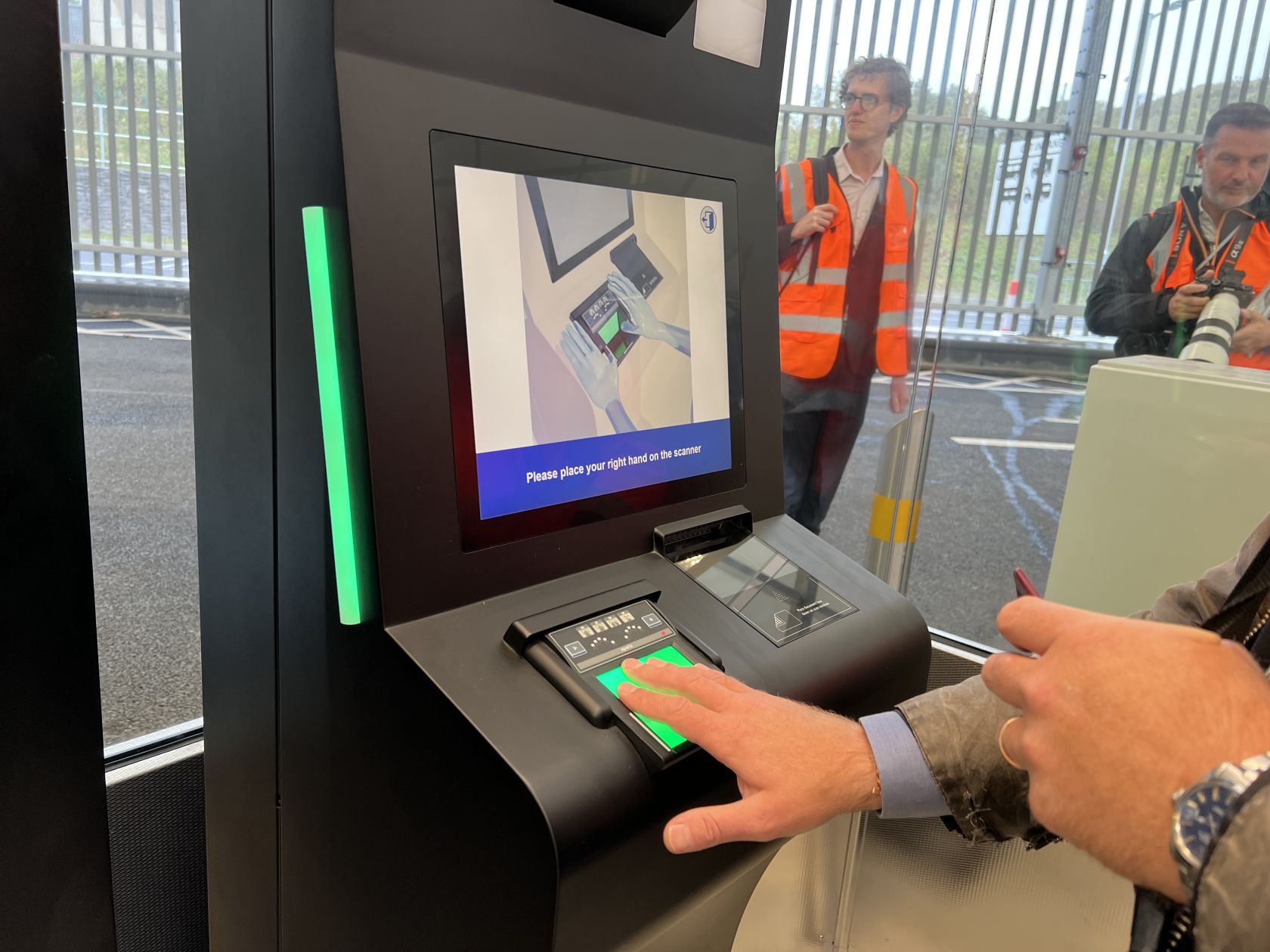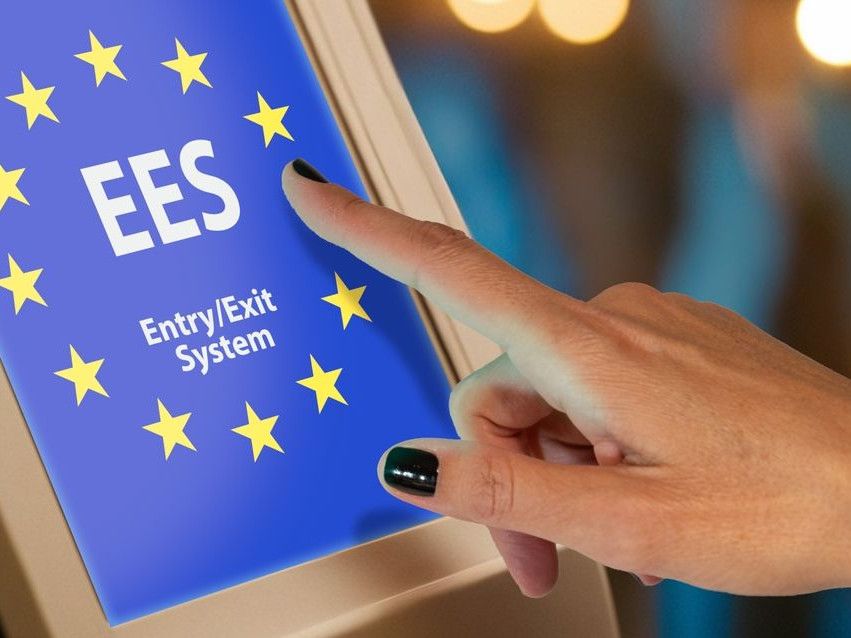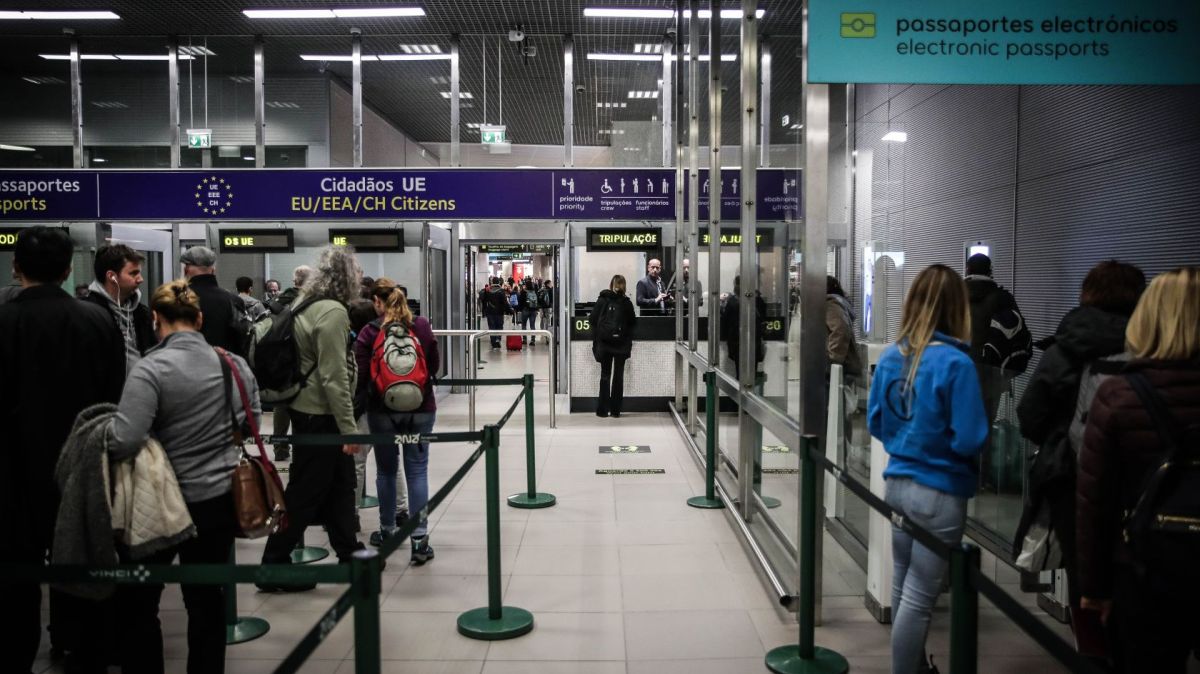The scheme, designed to enhance border security and streamline checks, is being introduced in phases from 12 October. First scheduled to launch in 2022, its implementation has been repeatedly postponed.
The new system applies across the entire Schengen area and requires non-EU nationals to provide biometric information when entering participating countries. For Portugal, this will affect the estimated 2.2 million British visitors who arrive each year following Brexit.
Under the new rules, travellers will need to scan their passports, submit fingerprints, and have a photograph taken before clearing passport control. An additional photograph will also be required when departing.
Exemptions will apply to those holding a Portugal Golden Visa or a long-term residency visa, who will be able to avoid these extra checks. The system is expected to be fully operational across the EU by 10 April 2026.

Paul Stannard, chairman and founder of Portugal Pathways, which supports private clients, families, and global investors with relocation, investment, tax, and residency in Portugal, commented:
“The introduction of EES has been expected but delayed for a number of years. However, it is now being phased in – slowly at first – across the EU, from October.
“While this will add minimal additional time at the airport for trips to Portugal, it does once again underline the benefits of the Golden Visa residency-by-investment programme.
“Those who take advantage of its myriad benefits will also be able to skip these new requirements and start enjoying their time in Portugal that little bit quicker.”
The biometric data collected will be securely stored by the European Union for three years from the traveller’s last departure from the bloc.
For further details on how the new rules may affect you, see the special Portugal Pathways guide.















